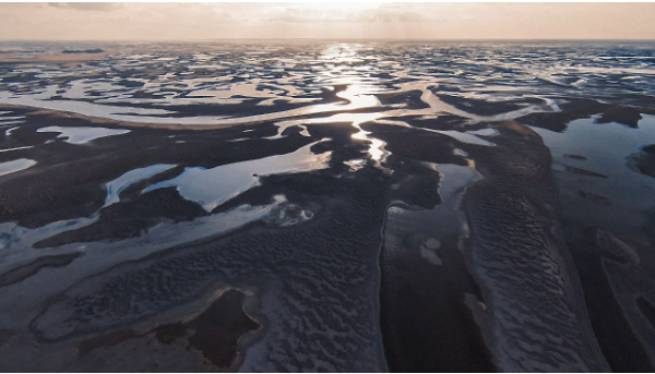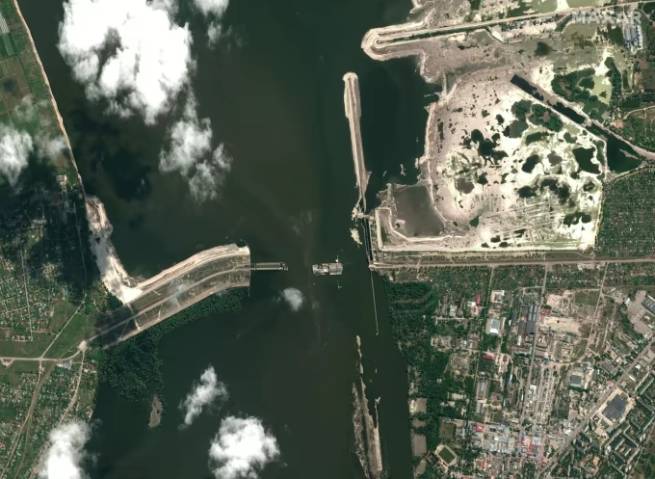The Black Sea countries, especially Romania and Bulgaria, are seriously concerned about the danger of pollution of their water areas due to the destruction of the dam of the Kakhovskaya hydroelectric power station. Streams of water with toxic substances enter the Black Sea and are steadily moving towards Ukraine’s neighboring countries.
Millions of tons of water carry sewage and garbage, oil products and pesticides, animal corpses. Florin Timovte, head of the scientific council of the National Institute for Marine Research “Grigore Antipa”, warns:
“When this water arrives, with all sediments and nutrients, it will reach the northern part of the coastline, the mouth of the Danube, Chilia, Sulina, St. George. Then, as in the case of the Danube, the current will carry the sediments south of the coastline. These nutrients will stimulate the growth of phytoplankton algae, cause eutrophication, reduce the quality of bathing water, possibly reduce salinity. The water will turn from clear to green or brown, depending on the species that will breed.”
Fresh satellite image of the destroyed hydroelectric power plant from Maxar for June 16.
Bulgaria and Romania are trying to assess the long-term consequences of the disaster. Scientists at the Institute of Oceanology in Bulgaria believe that the flow of sediments and pollutants is unlikely to reach the Bulgarian coast. However, toxic waste pollution is not the only risk for coastal states. The giant wave of waste approaching them can bring mines with it, endangering ships floating in their waters.

This is how the Kakhovka Reservoir looks now: instead of water, there is silt and mud.
Earlier we wrote that on the Bulgarian coast discovered cow carcasses.







More Stories
What influenced Greece’s decision to help Kyiv with weapons?
The Minister of Health called the protesters "insignificant people, kafirs"
Gold Switzerland: “We are in the last 5 minutes of our financial system – the collapse of everything is approaching”